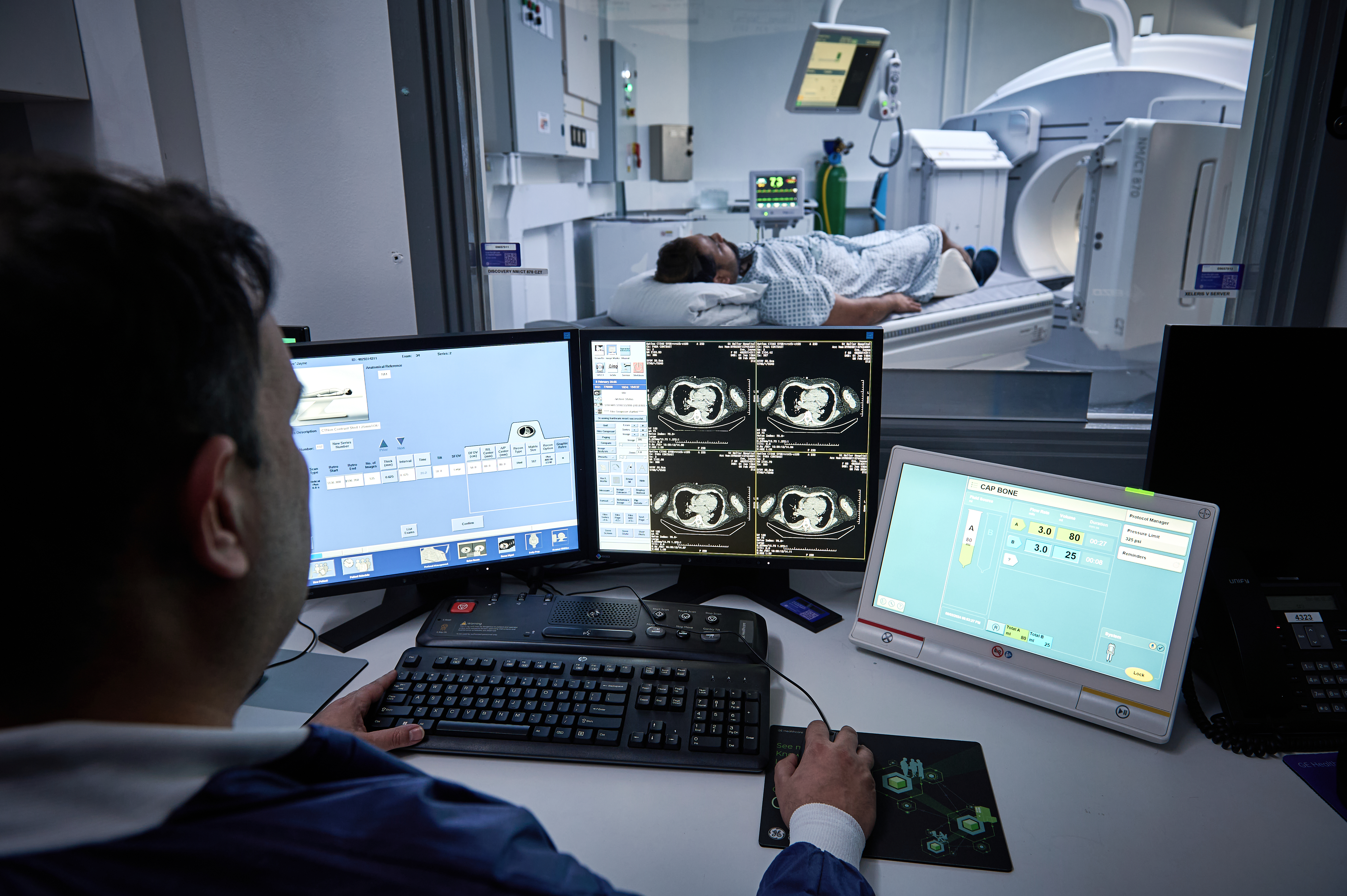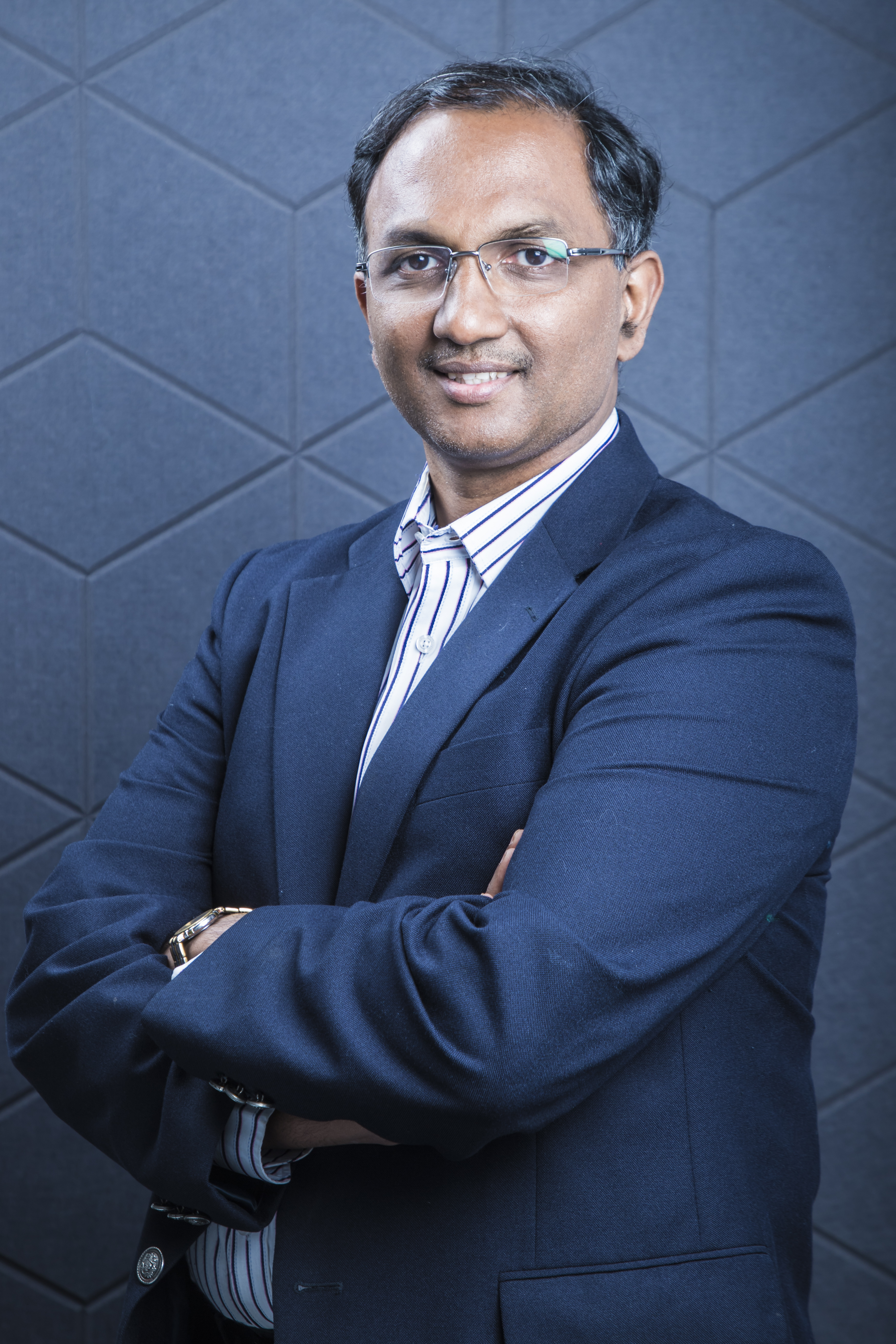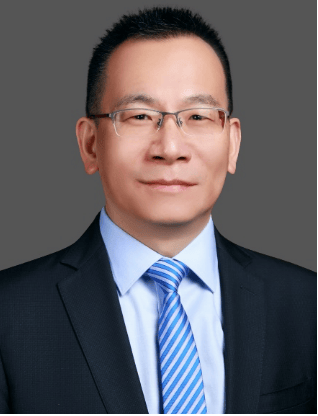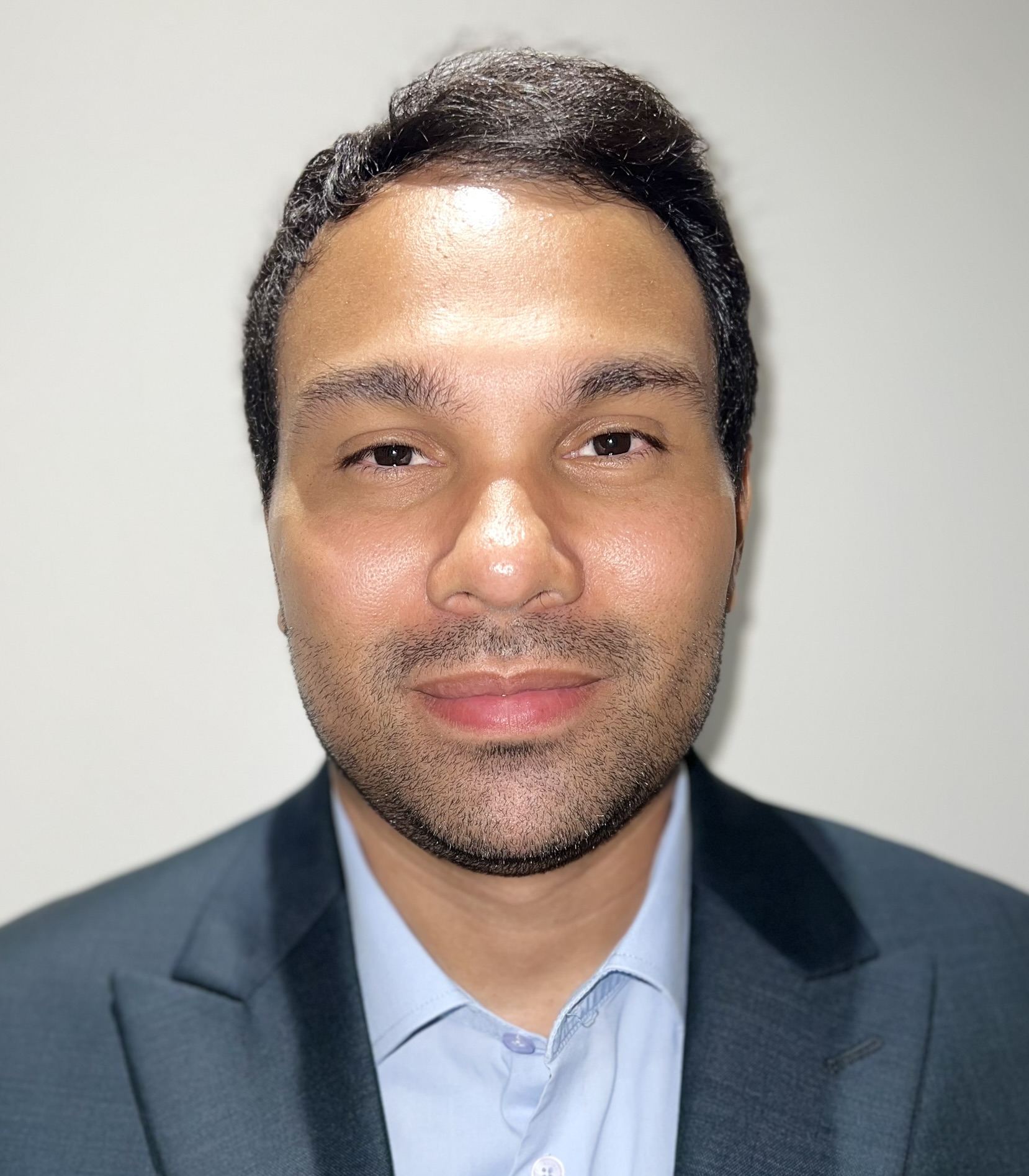As much as the medical field has advanced in recent years, healthcare still varies dramatically from region to region. Now artificial intelligence (AI) is enabling clinicians around the world to respond to some of these pressing challenges. AI-enabled advances in MRI, CT scans and other imaging technologies may help deliver sharper images in less time and help lower barriers to effective treatment. Referring to a milestone in FDA AI authorizations, Dr. Taha Kass-Hout, GE HealthCare’s global chief science and technology officer, says, “We’re accelerating the pace of innovation to meet the urgency of today’s healthcare challenges to meet our customers’ needs today and help enable them to stay ahead in a rapidly evolving healthcare environment.” And indeed, innovation is accelerating progress in healthcare—from early disease diagnosis to precision medicine to increased access to care in rural areas, AI can help transform healthcare globally.
Enabling clinicians to improve diagnostic processes
Dr. Suk Hyun Lee, an associate professor specializing in nuclear medicine at Seoul’s Hallym University Kangnam Sacred Heart Hospital, one of the South Korean capital’s premier medical institutions, develops computer models that use deep learning, a type of AI, to improve diagnostic processes. He emphasizes the significance of the advancements that deep learning models have brought about in nuclear medicine: “In brain imaging, quantitative analysis traditionally required software that might be challenging for clinicians to handle. And the process is quite time-consuming—sometimes taking half a day per patient. The development of AI models trained to streamline these processes produces quantitative analysis results within minutes.”
Dr. Suk Hyun Lee
These advancements go beyond saving time and making clinicians more effective. Conventional MRI brain scan analysis is performed by a clinician. In contrast, “quantitative” analysis provides numerical measurements based on signal variations detected by the scan.
Previously, such analysis was limited primarily to research applications because of its complexity.
“With the introduction of new amyloid-targeted therapies for Alzheimer’s disease, for example, quantitative measures have become essential in clinical practice,” says Dr. Lee. “Without advanced AI models, clinicians would find these analyses significantly challenging.”
Improving access to care in rural areas
In addition to improving diagnostic processes, AI could connect patients to more routine care. In India, healthcare resources and specialist skills are concentrated in urban centers, leaving significant gaps in rural care. Girish Raghavan, chief technology officer of women’s health and X-ray and vice president at India Technology Center, sees the potential of AI to offset that imbalance and broaden access to care throughout the country.
For example, AI algorithms that improve detection and diagnosis of breast cancer or heart arrhythmias via ultrasound could help rural clinics and traveling clinicians extend care to patients outside of urban centers.
Girish Raghavan
“India’s population of 1.4 billion offers an opportunity for AI to truly make a difference in healthcare,” says Raghavan.
Indeed, with an aging population and a chronic disease burden accounting for over 65% of the population’s health issues, advancements in technology and AI can accelerate change. Parminder Bhatia, GE HealthCare’s chief AI officer, says. “The Indian healthcare industry has experienced rapid growth, driven by supportive government policies, innovative domestic solutions and the integration of digital technologies and AI. We view AI not merely as a tool but as a transformative force to democratize healthcare and enable increased predictiveness, prevention and precision.”
Enhancing the patient experience
At Renmin Hospital of Wuhan University, in China’s Hubei province, Prof. Yunfei Zha, head of radiology, and his colleagues are benefiting from AI in research and clinical settings. Renmin Hospital has integrated AI algorithms that reconstruct images into the facility’s routine MRI protocols. The result: better images in less time, with fewer constraints.
“AI-assisted reconstruction has significantly improved both diagnostic confidence and patient experience,” says Prof. Zha. “We are able to obtain high-quality images in a shorter time, which is especially valuable for patients with limited tolerance or poor compliance.”
Prof. Yunfei Zha
“In medical imaging, deep learning-based reconstruction has been one of the most impactful applications,” Prof. Zha says. “It helps break the traditional trade-offs between resolution, signal-to-noise ratio and scan time.”
In Rio de Janeiro, Brazil, Dr. Pedro Henrique Ramos Quintino da Silva, of Rede D’Or Institute for Research and Education (IDOR), one of the largest hospital networks in the country, faced a similar challenge: how to increase MRI capacity without compromising image quality.
“MRI exams can last several minutes, sometimes over an hour, depending on the type of exam and body part,” Dr. Quintino da Silva says. “During the exam, the patient remains confined and immobile inside a machine, which can be intolerable for long periods of time or for claustrophobic patients.”
Dr. Pedro Henrique Ramos Quintino da Silva
A study at IDOR using GE HealthCare’s AIR™ Recon DL to reconstruct images yielded positive results. “With AIR Recon DL, we achieved significant reductions in examination times while improving image quality, allowing us to perform more exams per day,” he notes. “Even with reduced exam time, AIR Recon DL allows for excellent image quality, enhancing the perception of quality by the requester and radiologist.”
What the future holds
Though still evolving, AI healthcare applications are showing tremendous progress in many other regions.
In India, Raghavan hopes to see AI applied to early detection of cancer, heart disease, diabetes and other chronic conditions to improve patient outcomes while reducing costs. AI could also revolutionize the treatment of chronic conditions through remote monitoring and personalized care. In addition, Raghavan thinks AI will allow clinicians to focus on patient care by reducing the administrative burden of patient scheduling and summarizing patient records, as well as helping to predict resource allocation for scarcer machines, to help patients get care when they need it.
Dr. Lee, of Seoul’s Kangnam Sacred Heart, agrees:
“The first thing I look forward to is AI drafting preliminary diagnostic reports on my behalf,” he says. Physicians are ultimately responsible for patient diagnoses, and ideally, two specialists would review every diagnostic report. In reality, Dr. Lee says, that’s often impractical.
“AI-generated reports could significantly speed up diagnostic processes and provide an additional layer of verification,” he says. “If AI models can assist in the diagnostic reporting process, they could deliver rapid and potentially more accurate results than a single individual.”
Eventually, Dr. Lee believes AI can help assess a patient’s overall health from a single whole-body positron emission tomography (PET) scan and potentially enable new diagnostic techniques. For example, some radioactive tracers that identify certain cancers currently require long scan times, resulting in increased radiation exposure. AI may soon allow for sharper images with less exposure, opening new pathways for disease detection.
Dr. Zha, of China’s Renmin Hospital, summarizes the possibilities: “These technologies may not only improve image quality, but also have the potential to support earlier detection, more efficient decision-making and a more equitable healthcare landscape.”





